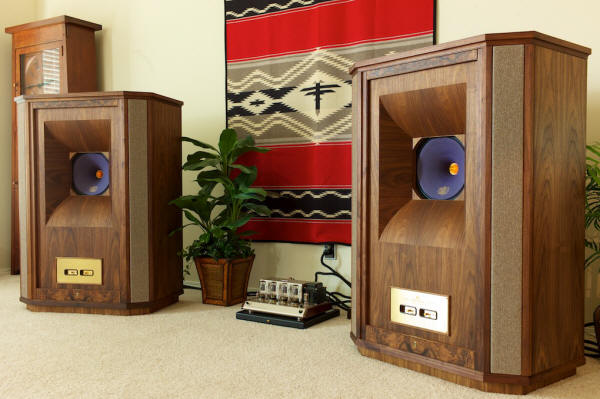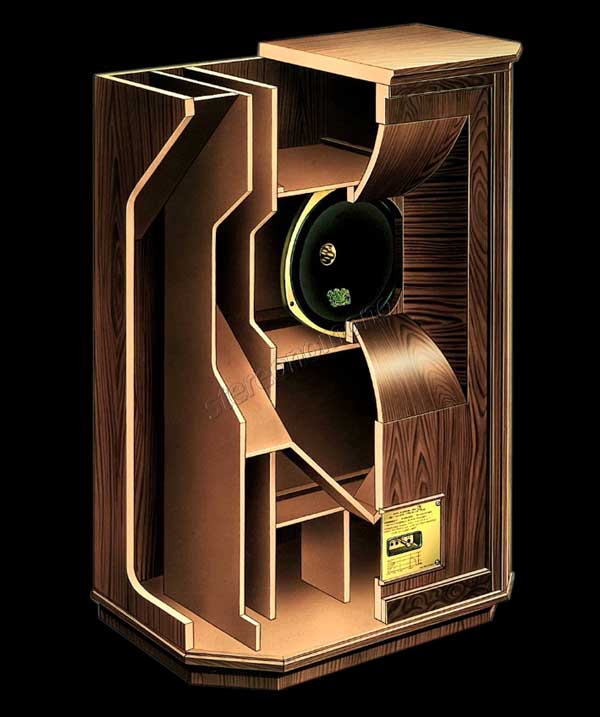The Golds are old ones, they were available in the 1960s.Would be nice to see how the new Tannoy Golds perform and whether they've made any improvements over the years...
The drivers were very expensive to make so they designed some simpler ones like these.
This has the less expensive to make waveguide of the cheaper models.
However the other measurements I have seen make this one appear faulty.
I was surprised Amir mentioned the driver looking odd since, as somebody from the UK, I have been familiar with the dual-concentric for 50+ years!
I suppose there will be plenty of US speakers I know nothing about though.
The Revel and JBL speakers popular on this site have never been easy to find here, for example, and I had never heard of Dayton, had to look them up!



